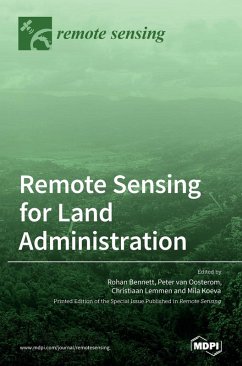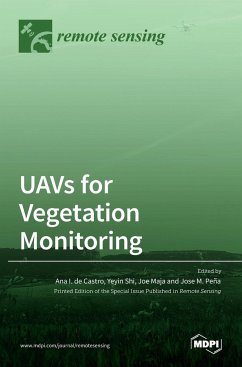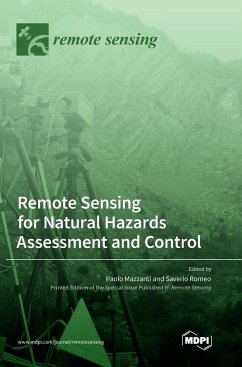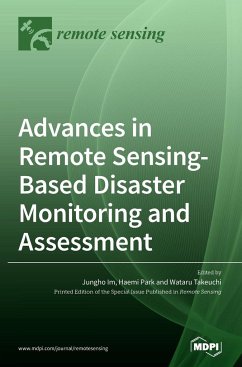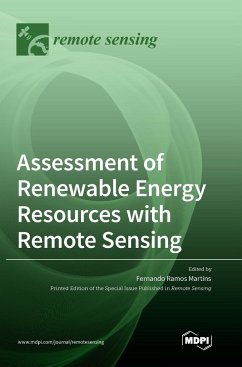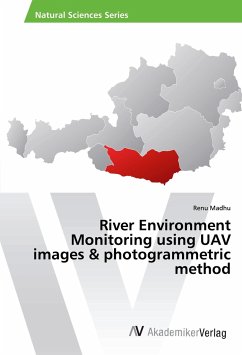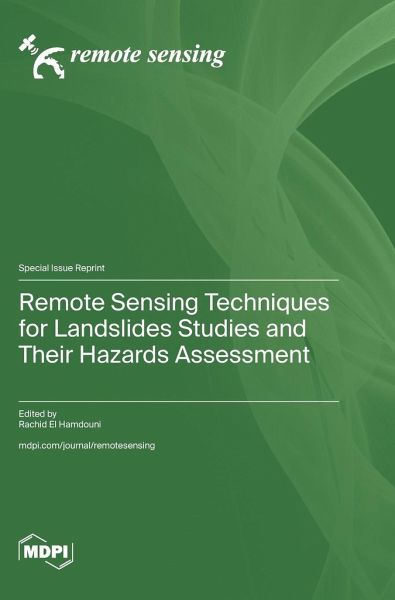
Remote Sensing Techniques for Landslides Studies and Their Hazards Assessment
Versandkostenfrei!
Versandfertig in 1-2 Wochen
108,99 €
inkl. MwSt.

PAYBACK Punkte
54 °P sammeln!
Landslides can cause extensive property damage and human casualties and thus influence socio-economic conditions in many countries. In recent decades, there has been a significant increase in the frequency of landslides related to climate change and the expansion of urbanized areas. The level of risk from landslides depends, among other things, on the distribution and typology of these processes and the temporal probability of these processes affecting a unit of land. Therefore, spatial mapping of these processes and knowing their frequency or temporal reactivation would provide valuable infor...
Landslides can cause extensive property damage and human casualties and thus influence socio-economic conditions in many countries. In recent decades, there has been a significant increase in the frequency of landslides related to climate change and the expansion of urbanized areas. The level of risk from landslides depends, among other things, on the distribution and typology of these processes and the temporal probability of these processes affecting a unit of land. Therefore, spatial mapping of these processes and knowing their frequency or temporal reactivation would provide valuable information to help us predict the hazard of these geological processes and thus evaluate the associated risks in certain areas. While it is possible to conduct landslide studies by direct ground observation, data collection in inaccessible and extensive land is time-consuming and expensive and can sometimes be very difficult. Remote sensing images (aerial, satellite, or terrestrial) are increasingly used in different landslide investigations, thus allowing the spatial and multi-temporal mapping of these processes, offering detailed monitoring of changes in the ground surface, and allowing data to obtain factors to be used in the assessment of landslide hazards. This Special Issue includes research papers with studies covering different applications of remote sensing in landslide investigations: Identification and inventory of landslides, Monitoring of landslide activity, and Spatial and temporal analysis of different factors to assess landslide hazard mapping.





